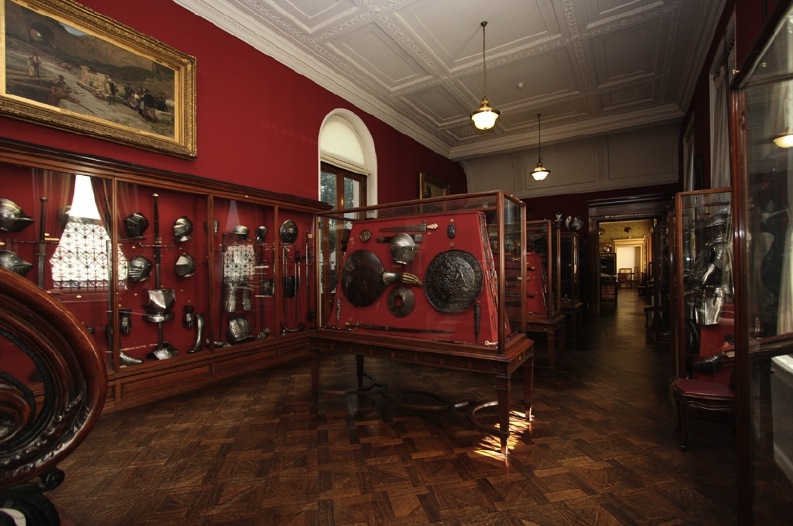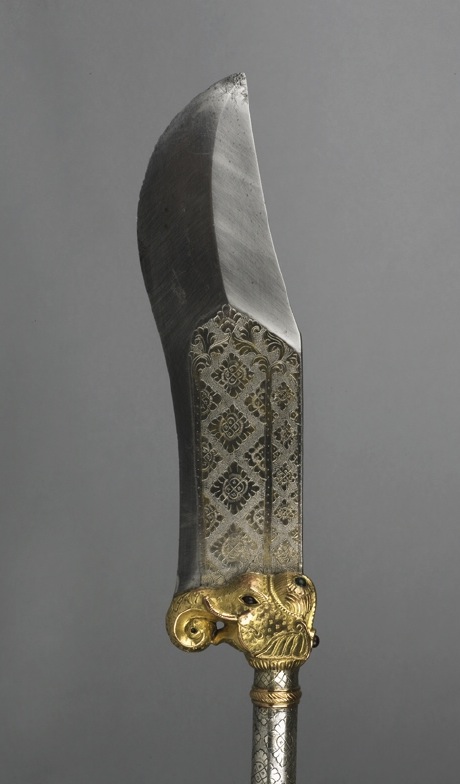The Wallace Collection in London’s Manchester Square houses an eclectic assortment of exhibits, all of them of the highest standard. The collection includes Turner, Fragonard, and some of the Old Masters, as well as ceramics, sculpture and furniture of an extraordinary calibre. However, this was my second trip this year, and I decided to focus my attention on just one thing. The Arms and Armour galleries are, in my opinion, the most exciting and unusual part of the museum, in jarring contrast with the Parisian splendour that fills the rest of the building.
The galleries house over 2,500 objects, originating from across Europe and Asia, and are recognised as the finest collection of its kind in the UK. Acquired by the Fourth Marquess of Hertford, and assembled by Sir Richard Wallace, this collection finds its origins in the fashions of 19th Century Paris, where military objects were an increasingly popular means of expressing personal wealth. However, the way the collection has been curated does not evoke the Parisian charm of the rest of the museum. The blood-red walls and glass cabinets give a solemn tone to the rooms, as if they were armouries lying dormant between battles. No labels are found in the cases, but the numbered plaques next to each mace, sabre and helmet, suggest a lending library for weapons. This makes the exotic and painful-looking Turkish daggers and Milanese maces dance threateningly through the imagination.
The beauty and craftsmanship of these slices of metal are exquisite, adding another unique facet to the collection. I would have assumed that the most intricate works would be found among the ceremonial pieces, but I was bowled over by the rich detail of every sword hilt, every scabbard. The Needles, Excaliburs and Stings of the fantasy universe are surpassed, and it was hard, at first, to remember that these were remnants of history and not magical objects from a story.
Fascinated by the opulence of these exhibits, I was then puzzled by their purpose. A talwar or an axe knife is not a work of art in a Wildean sense, but both are, at least, needlessly beautiful, and to consider the destructive nature of an attractive object is certainly troubling. These rooms of drawn daggers are threatening for a reason, but also reminded me of the enduring value of art. The fact that armour is designed in as much detail as the paintings next-door shows how even in the fundamental ugliness of the battlefield, appreciation for beauty remains.
Photos courtesy of wallacelive.wallacecollection.org/





